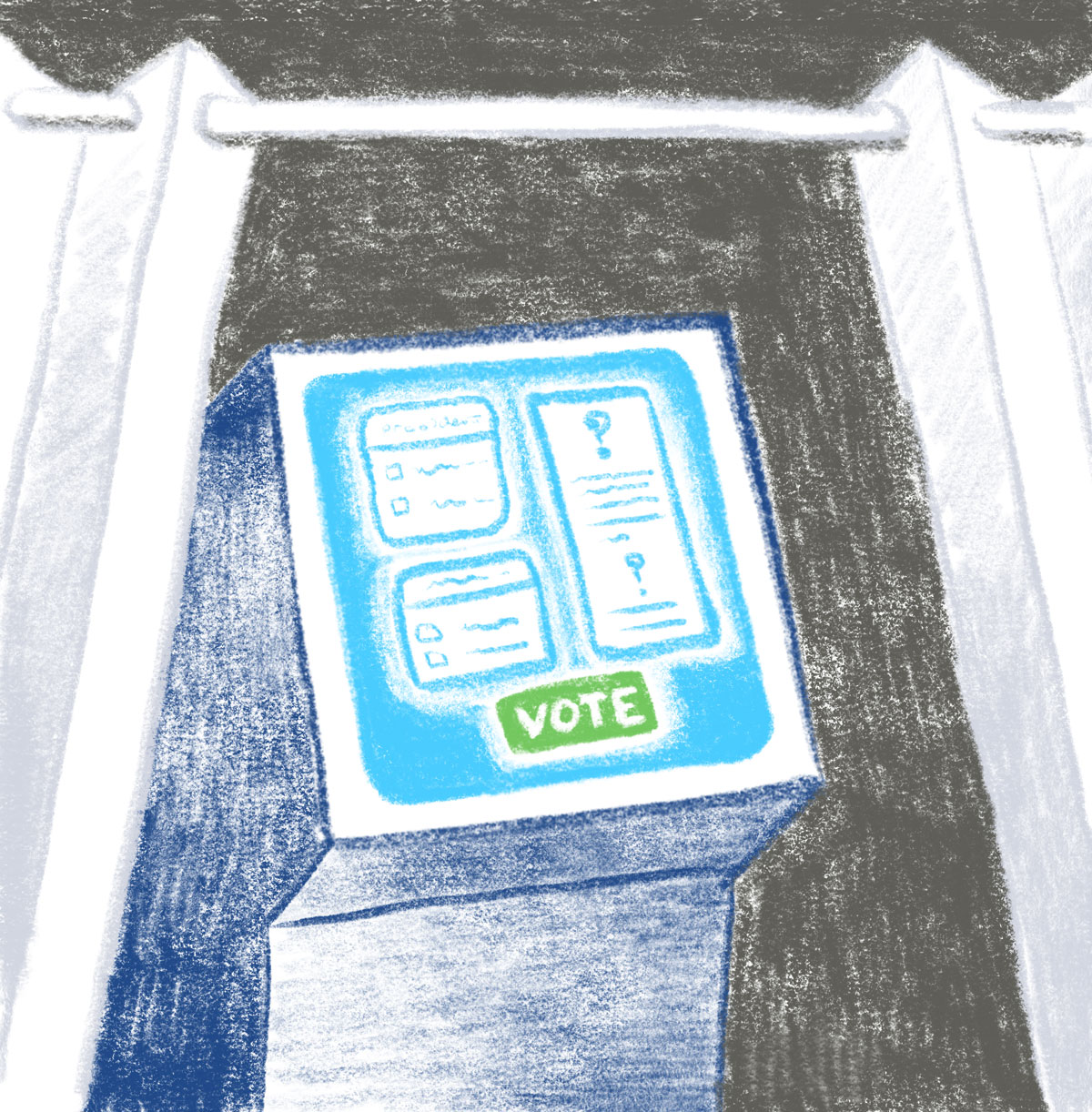
illustrations by Phillip Stern ’84
ith polarization at an all-time high and control of both the White House and Congress on the line, November’s general election was already shaping up to be a fierce battle. But then came the COVID-19 pandemic and cases of police brutality that sparked protests across the country, galvanizing and roiling the nerves of Americans.
Here, an alumnus and three faculty members who have been closely monitoring the runup to November explore what could prove to be key factors of the election from social, economic, and historic vantage points.
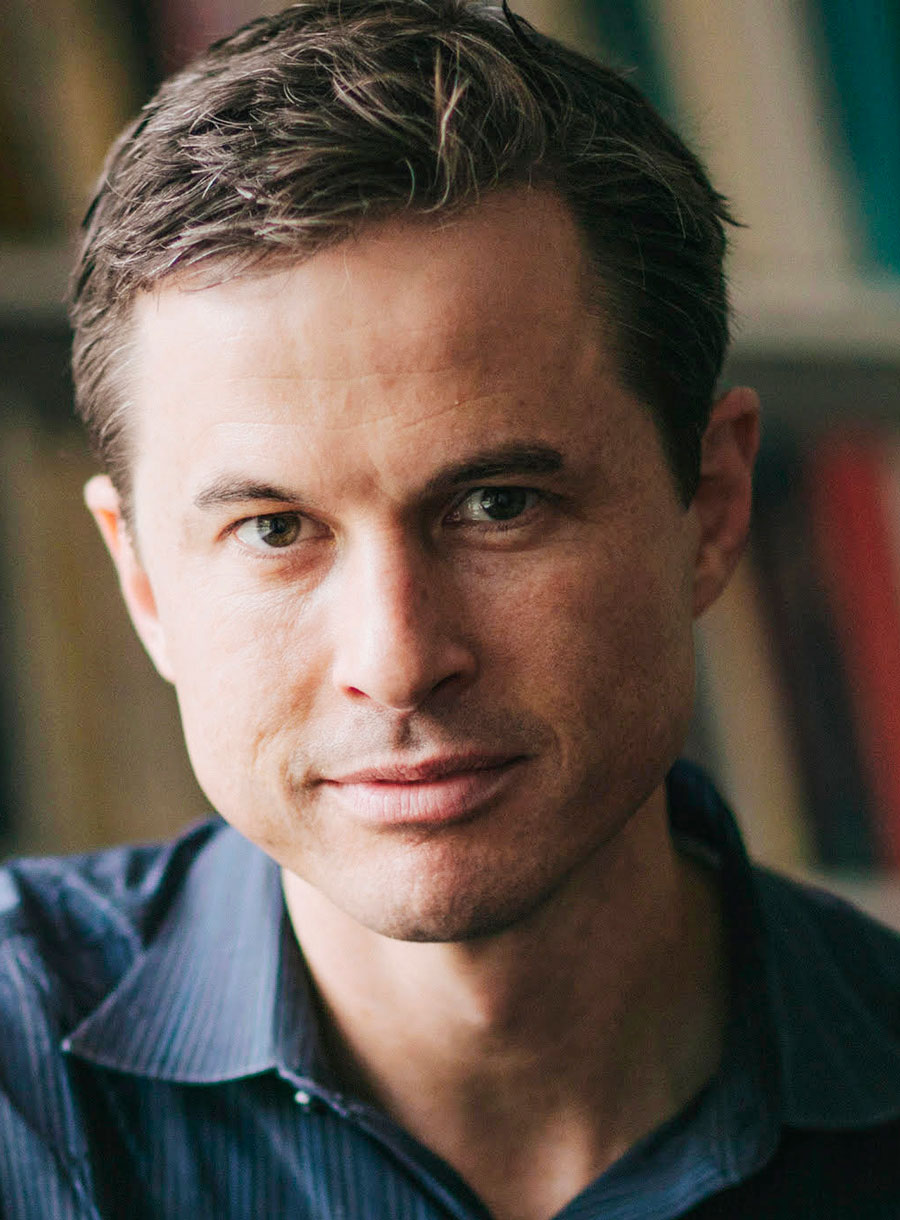
I am deeply concerned about the effects of misinformation in American politics. This is not a topic I studied at Swarthmore or in graduate school. Until recently, political scientists generally focused on people’s civic knowledge or policy preferences, not their factual beliefs about matters of partisan controversy.
But in the past decade or so, misinformation has become a much more salient concern as we’ve lived through the prominence of false claims like the “death panel” and birther myths during the Obama administration, the panic over “fake news” websites after the 2016 presidential campaign, and the unprecedented number of false statements made by President Donald Trump since he took office. As these examples highlight, misinformation has the ability to circulate rapidly online, frequently targets sympathetic partisan audiences, and is often spread by political elites.
The most important response to misinformation is fact-checking. Studies find that exposure to corrective information generally increases the accuracy of people’s beliefs. The problem, however, is that these effects do not seem to be durable on issues like climate change; they may be offset by other messages people receive. One problem is that fact-checking is a relatively niche medium and may not effectively reach its target audience. My co-authors and I found, for instance, that people very rarely see a fact-check of dubious articles that they read on untrustworthy websites.
Another approach is to promote media literacy; we have found that even brief exposure to tips for spotting fake news can help people in the U.S. and India to better distinguish between false and true information. Again, though, it will be challenging to target these interventions to the right population. Right now, for example, K–12 educators are increasingly interested in promoting media literacy, but senior citizens were actually the age group that was most susceptible to misinformation during the 2016 campaign.

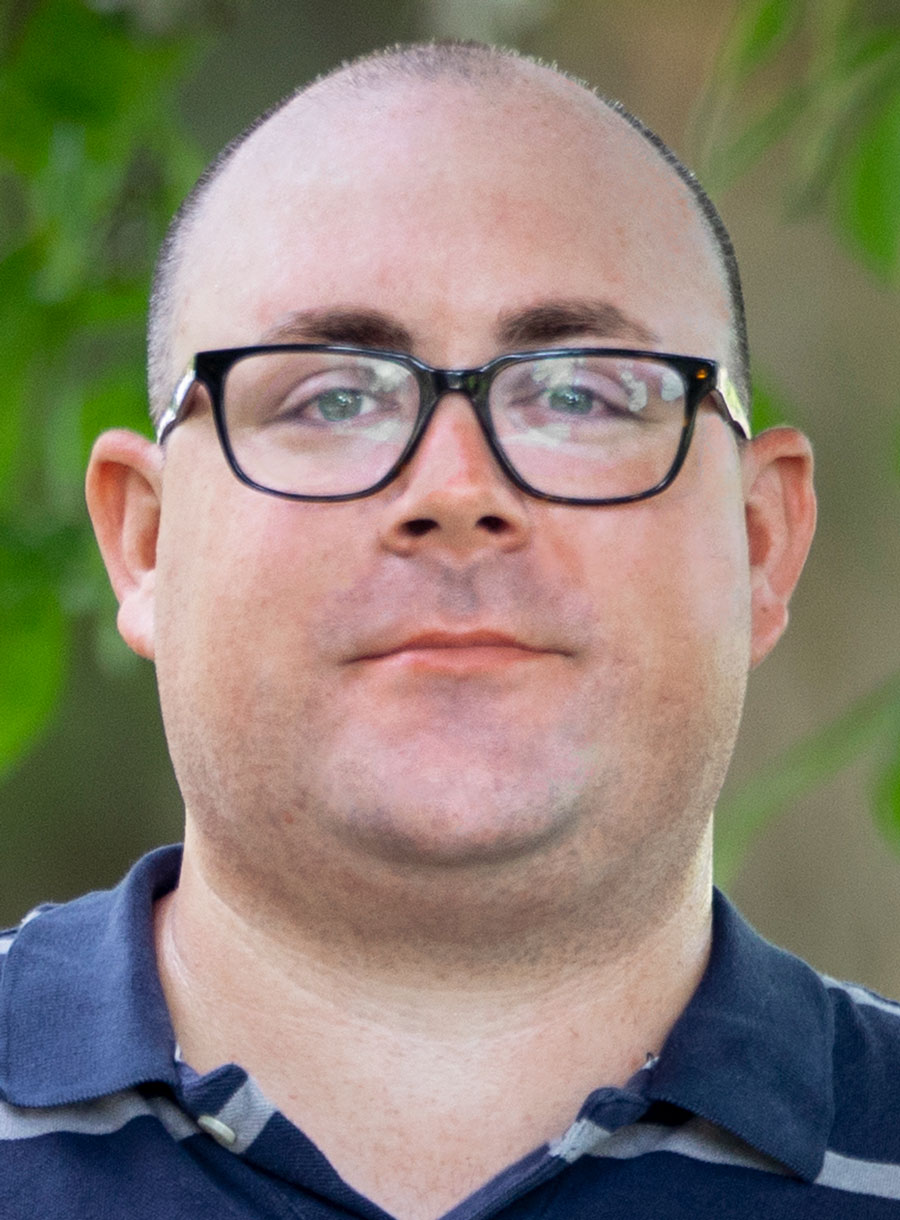
Democrats and Republicans, conservatives and liberals, have always disliked each other. But they are now more motivated by their loathing of the “other side” than by ingroup loyalty or favoritism. Each characterizes the other as closed-minded, unintelligent, and immoral; reports feeling angered by and fearful of the other; and believes the opposition poses a threat to the country’s well-being. This denotes negative partisanship — the growing phenomenon in which people primarily align themselves against one party instead of affiliating with an alternative party. It’s not ingroup love; it’s outgroup hate.
The most basic manifestation of negative partisanship is captured by how partisans on the left and right feel about each other rather than the distance between their policy preferences. This trend has drastically intensified over the past two decades, and speaks to the ugliness of our current political climate.
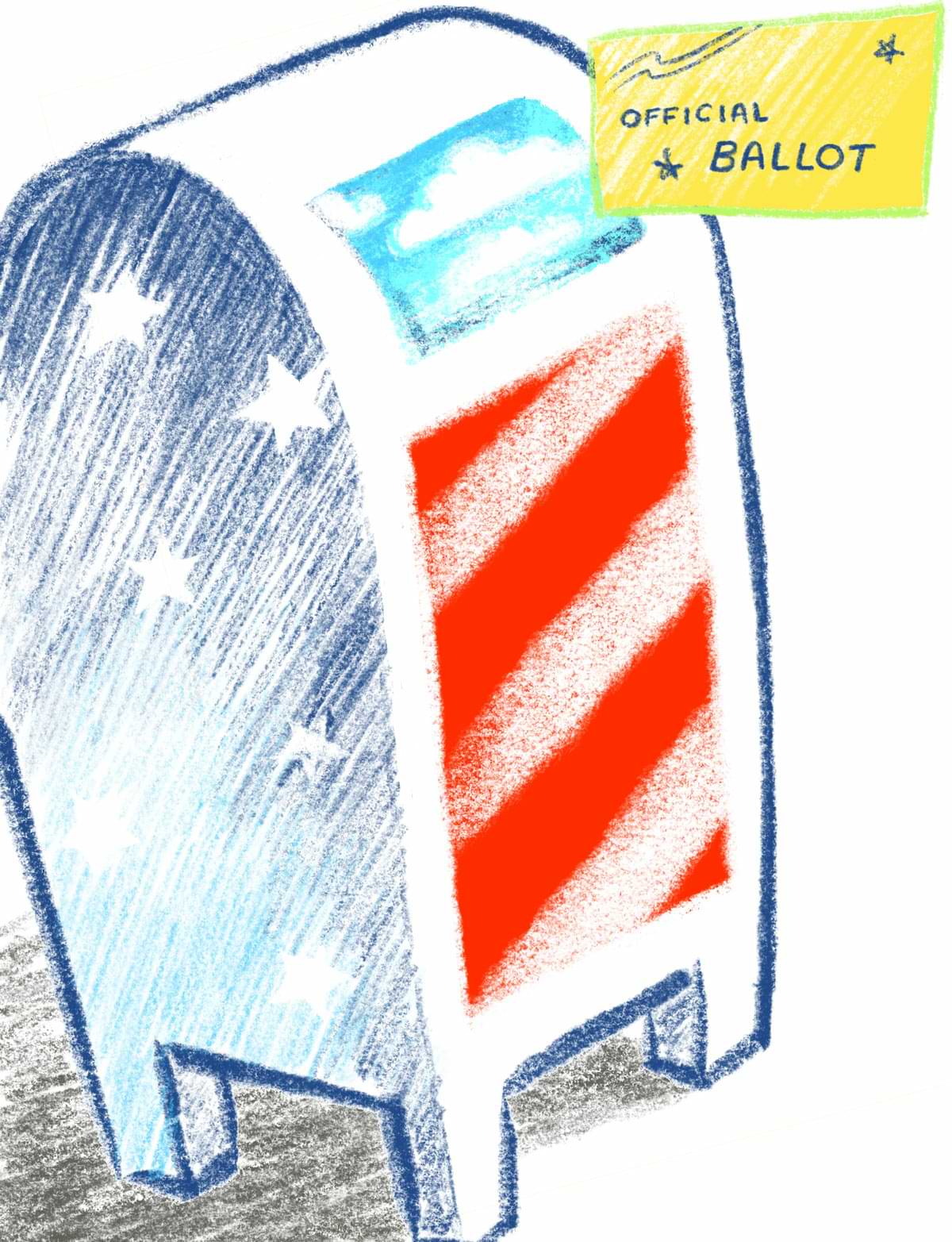
One consequence implicates how we select political candidates. A political climate primarily driven by the degree to which people are against something rather than for an alternative vision allows deeply flawed, unpopular, and uncivil leaders to gain traction.
Second, negative partisanship makes it difficult for the parties to rein in or police their own sides. Because they consider the opposing party as irredeemably wicked and a threat to the nation, partisans are willing to overlook and even defend and justify the ethical transgressions committed by their own party’s leaders.
Third, and perhaps most worrisome, negative partisanship impairs our capacity for collective problem-solving. Compromise and cooperation become impossible when both factions view the other as immoral, dishonest, and threatening.
There is, however, some cause for optimism. The American culture wars are fueled not by the average citizen but by the highly ideological and engaged wings of the left and right. That is, most Americans fall within the “exhausted majority”: a group characterized by moderate views and feelings of exasperation about intensifying political polarization and incivility. They believe in compromise and long for unity and collective problem-solving.

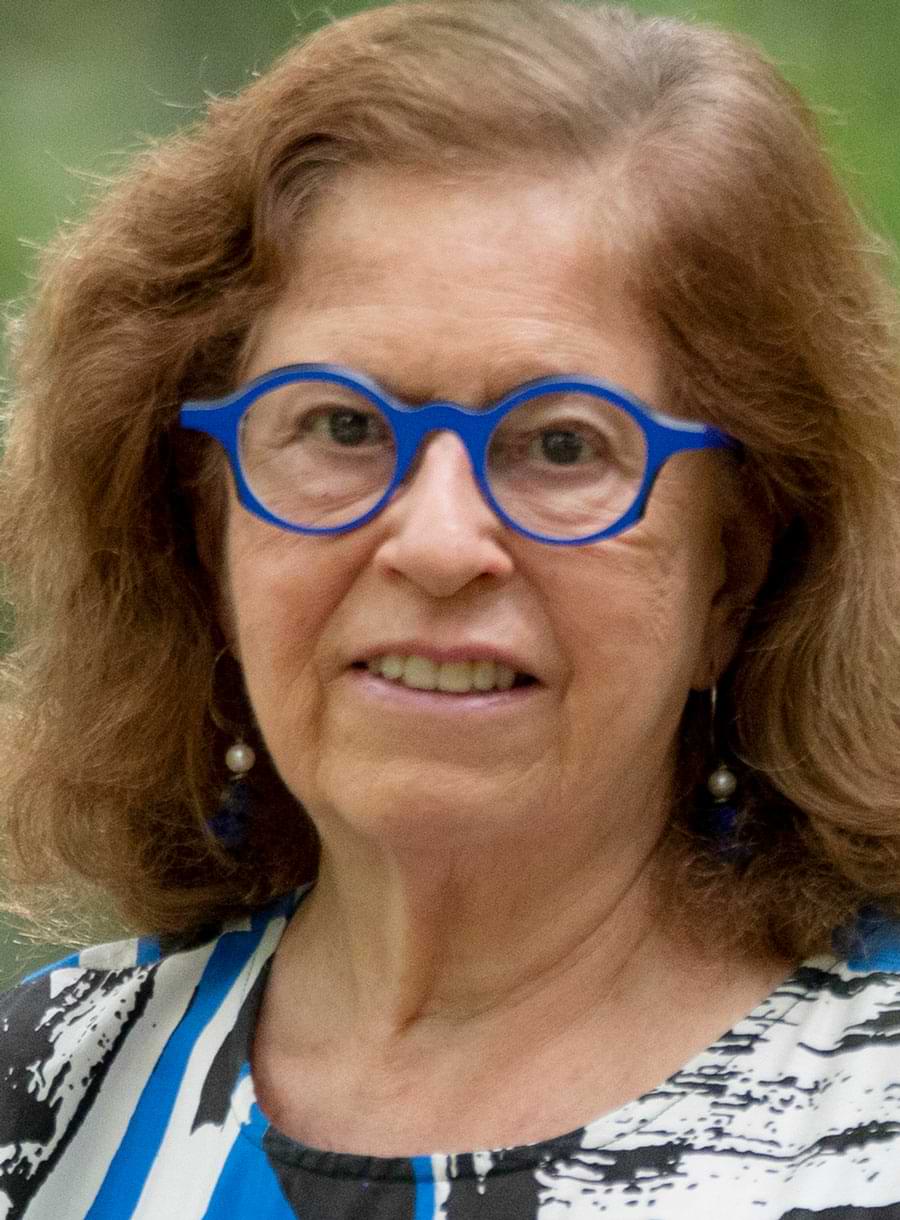
If Americans are to have faith in the democratic process, and especially in free and fair elections, they should be encouraged to vote and should believe that their votes count. But 2020 presents some important challenges for access to the ballot box.
COVID-19 has accelerated the movement toward mail-in ballots, but the current presidential administration is doing what it can to stop this trend. For example, the Trump campaign sued Pennsylvania election officials over the use of mail-ballot drop boxes in the June primary. Some states with Republican legislative majorities are refusing to expand mail-in balloting. Also, polling places are generally staffed by volunteers, many of whom are senior citizens at higher risk for COVID. In Swarthmore this June, only one of three precincts was open. Fewer polling places can mean long lines that may deter some voters, as well as confusion about where to vote, which will deter others.
The increase expected this year in the number of voters casting no-excuse-required absentee or mail-in ballots raises other challenges. While well-administered mail-in ballot systems are not likely to result in voter fraud, it is true that when ballots don’t reach voters in time for suitable return — or if they don’t arrive at all — those voters would have to go to a polling place. Accurate counting of the votes will also mean that, short of a landslide, election night may well be inconclusive.
Some scholars worry about the loss of a sense of community when in-person voting is replaced by other options. But with this COVID crisis, it is important that alternatives are accessible for all.
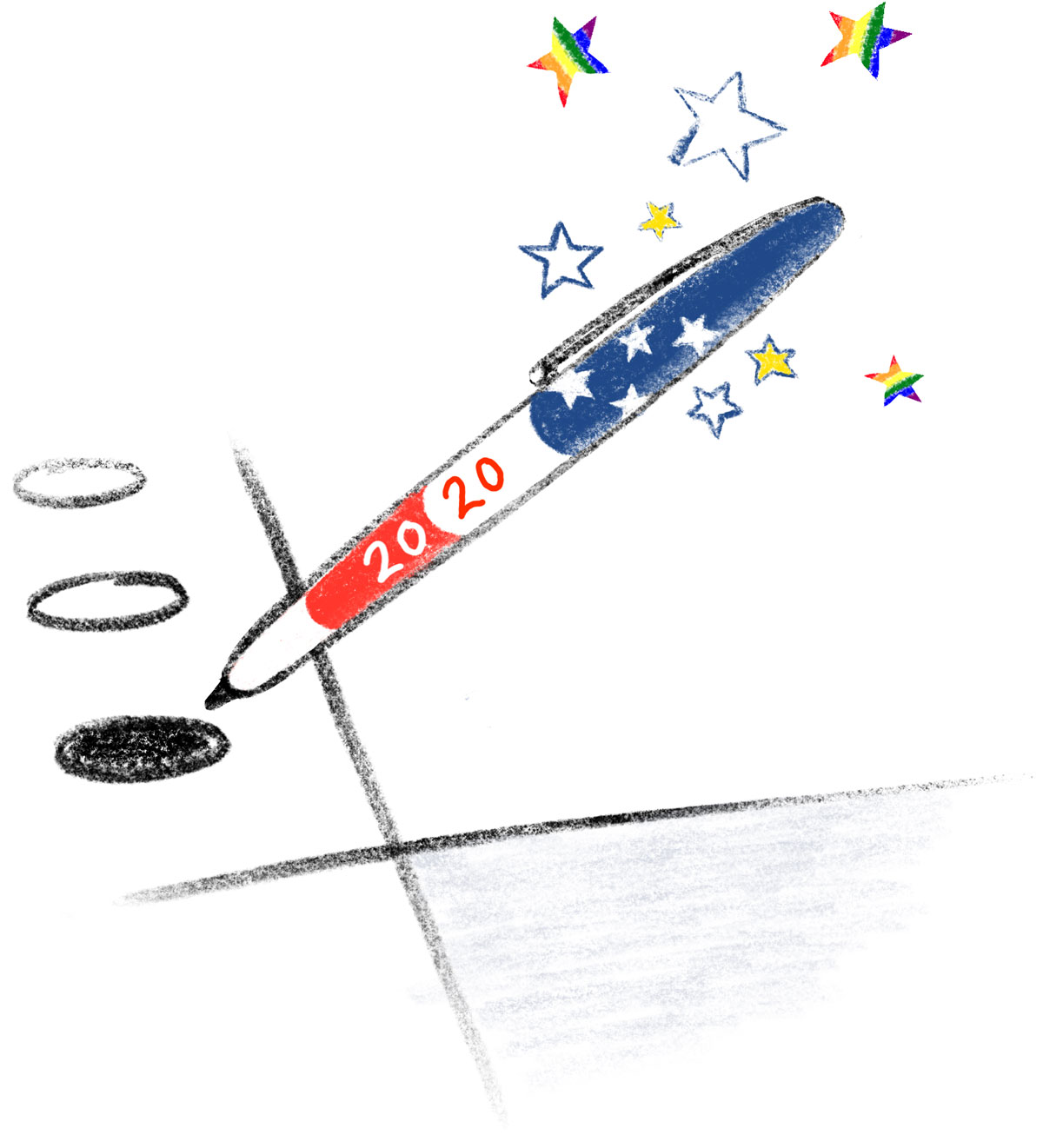

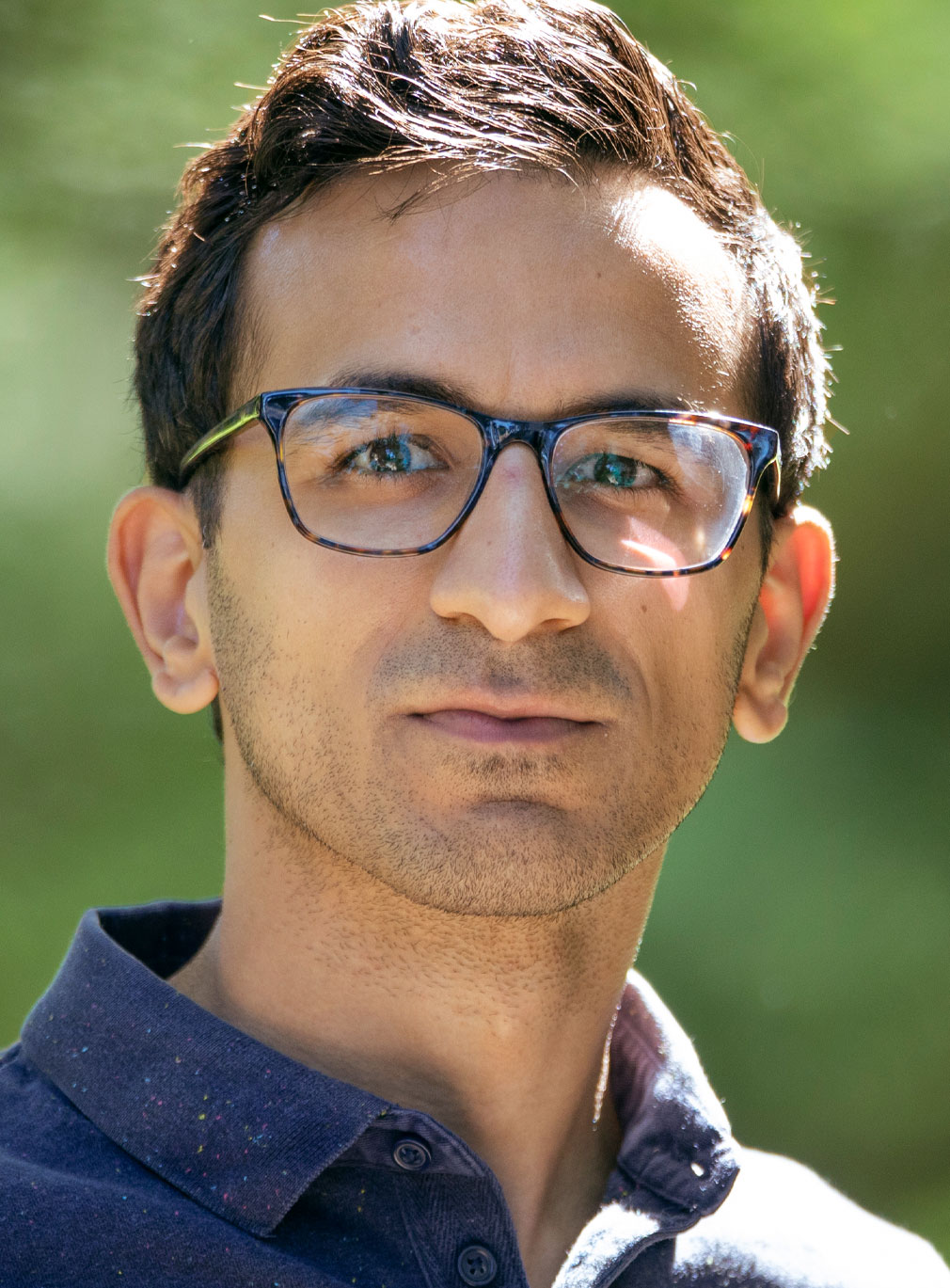
The social element of voting is critical — that’s why many of us proudly wear our “I Voted” stickers after voting and post about it on social media. But with the pandemic, broadcasting your voting will be harder, particularly if mail-in voting is the norm. So those seeking to mobilize voters should find ways to leverage the power of social norms and social recognition in other, more creative ways involving digital technology, social media, etc.
It’s hard to tell at this point whether the energy and momentum created by the Black Lives Matter protests — and reactions to these protests — will remain a salient issue come Election Day. But I know there are a lot of individuals working hard to make the connection between the protests and actual systemic change via policy and at the ballot box, including many of our students and alumni.
Income and wealth inequality are issues that have so far been difficult to get people to politically mobilize around. But I think they have the potential to be at the core of the election debate; the pandemic, in particular, has exacerbated already enormous levels of wealth inequality in America. And, in a sense, inequality is an insidious force that is behind many other salient social issues at the moment, including police brutality, political division, and the effects of the pandemic.
I do think there are reasons for hope. There is a bit of a new awakening happening in America — our national crises have pulled many people’s heads out of the sand and encouraged greater engagement with issues that have been shamefully ignored for decades (and, in some cases, centuries). Ultimately, this overdue confrontation with the realities of our society will necessarily translate into a new paradigm. I hope it’s one of increased civic engagement, the phasing-out of tired politicians and failed institutions, and a renewed effort to build the social structures required to sustain a more just and inclusive society.